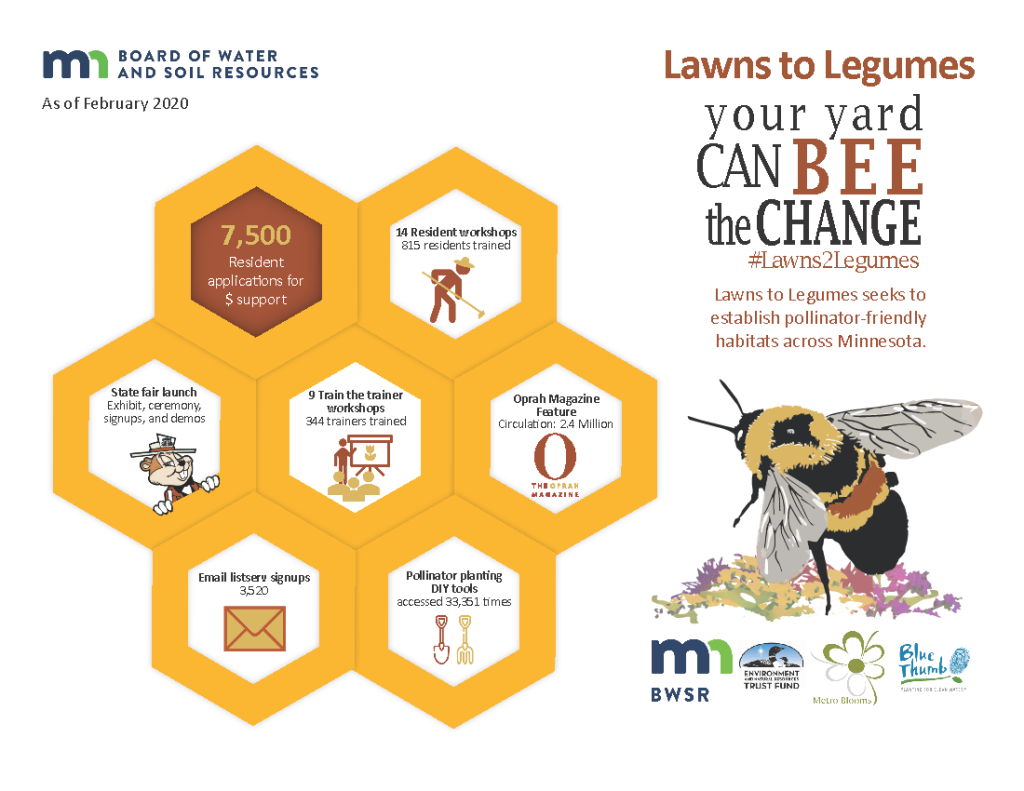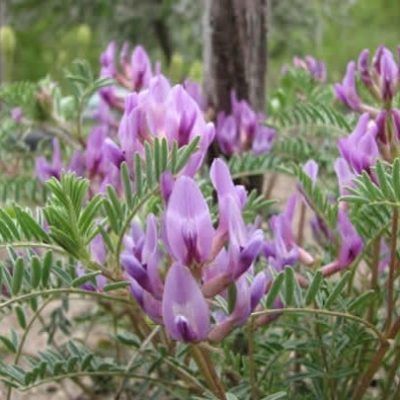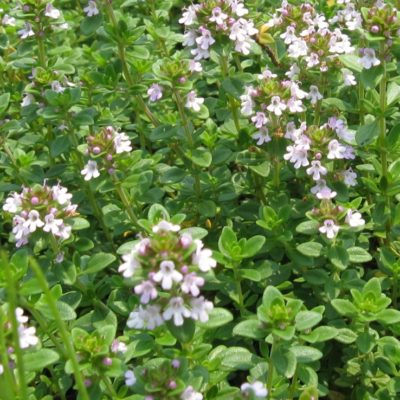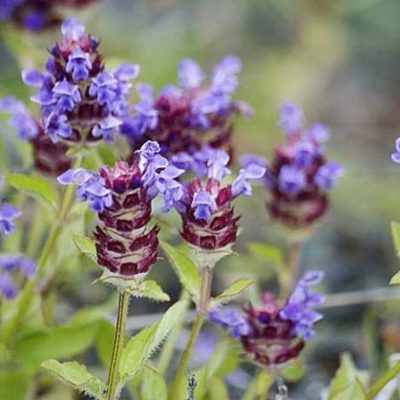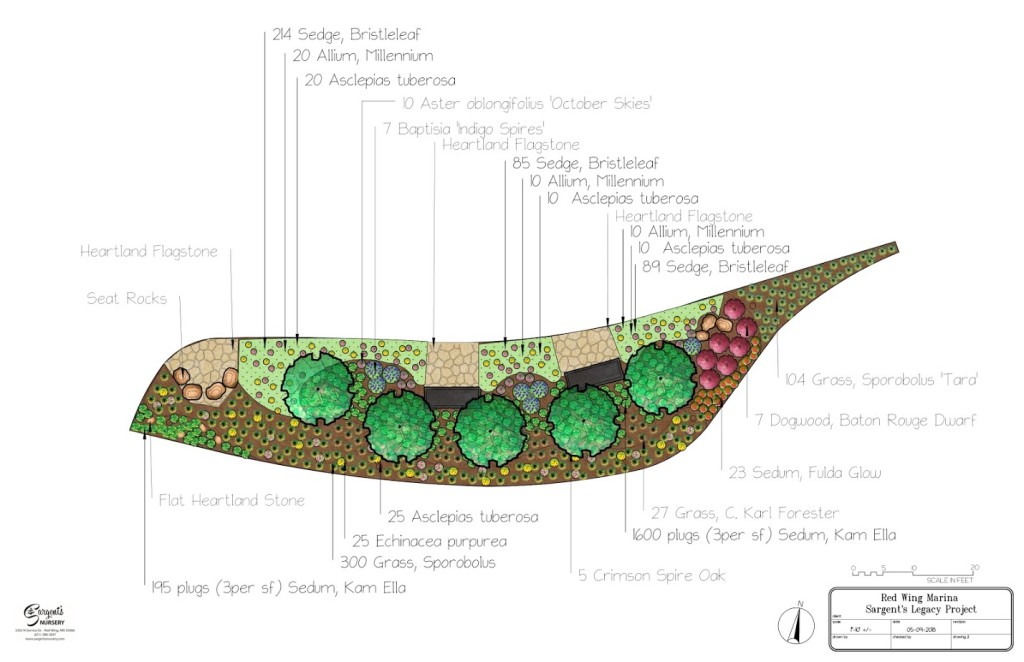What are Pollinators and Why do We Need Them?
Just what ARE Pollinator Species, you may ask?
In this post, we are primarily talking about bees–of which there is a massive variety–but pollinators also include butterflies, flies, other insects, and hummingbirds. These creatures move pollen from plant to plant, allowing those plants to reproduce (fruit). Pollinators are VITAL to the overall health of OUR environment; their populations are threatened, and we need to pay attention and support them!
May 20th is World Bee Day! For more information about this celebration of BEES click here!
Lawns to Legumes Program
The State of Minnesota has started a project that provides both education and resources to residents about how they can turn their existing lawns into pollinator-friendly habitats. There’s a funding component to this program as well and if you qualify you can get up to $350 to reimburse the cost of turning your lawn into food and habitat for pollinators.
Follow this link for more information about Lawns to Legumes
This project has been immensely popular and the State is has accepted multiple rounds of applications, so if you don’t get in the first time, try again. Funding is awarded through a randomized drawing, with priority will be given to certain areas; Red Wing is in a priority area! This program represents a goal to reimagine what our landscapes can look like going forward to provide critical habitat for pollinators and still meet the esthetic desires of homeowners.
There are many things we offer here at Sargent’s that would qualify for this funding and also be beneficial for pollinators.
Bee Lawn Mix
We carry a wonderful Bee Lawn Seed Mix from the University of Minnesota. This is a mixture of several kinds of Fescue, Dutch White Clover, Creeping Thyme, and Self-heal A 1lb bag will cover 200sq ft and 5% of sales of this mix go to U of M Bee Lab! (Check in-store for current pricing!)
Pocket Gardens
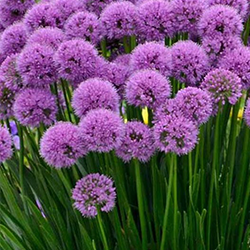
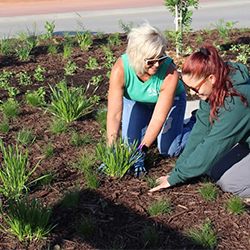
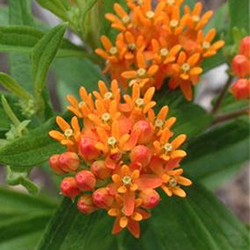
Another way you can help pollinators is to plant ‘pocket gardens’. These are small gardens filled with flowering plants, trees, and shrubs that pollinators love! Sargent’s has almost everything you need to design and build one based on your needs. Below are links to four types of pollinator-friendly gardens that you can build based on your yard. These templates are a wonderful resource to help you get started!
New Methods. Traditional Look
We want everyone to know, too, that Pollinator-friendly gardens don’t have to have a wild, native-prairie aesthetic…they sure can–and we love that look–but you can also have a much more formal, tidy, or traditional look if that’s what appeals to you most!
When Sargent’s planted the Legacy Garden down at Bay Point park in 2018-2019, this is exactly what our designers had in mind. We donated this garden with the idea that it could show our community a really tidy take on a critical way for everyone to support habitat for bees and butterflies. Take a drive and check it out!



